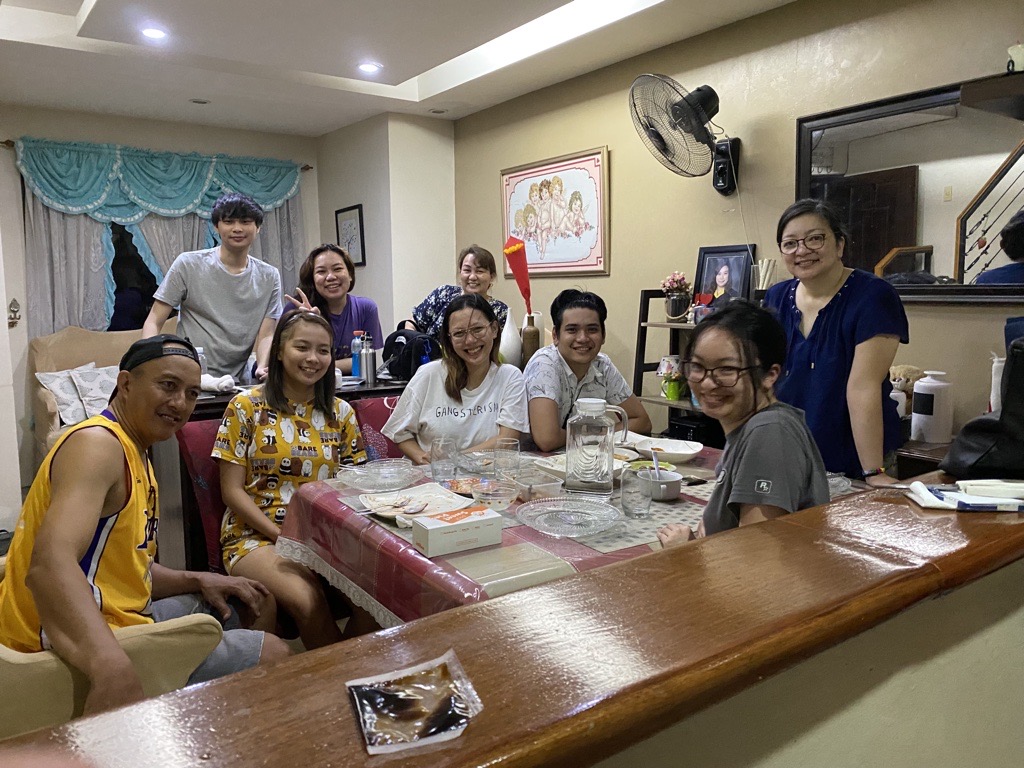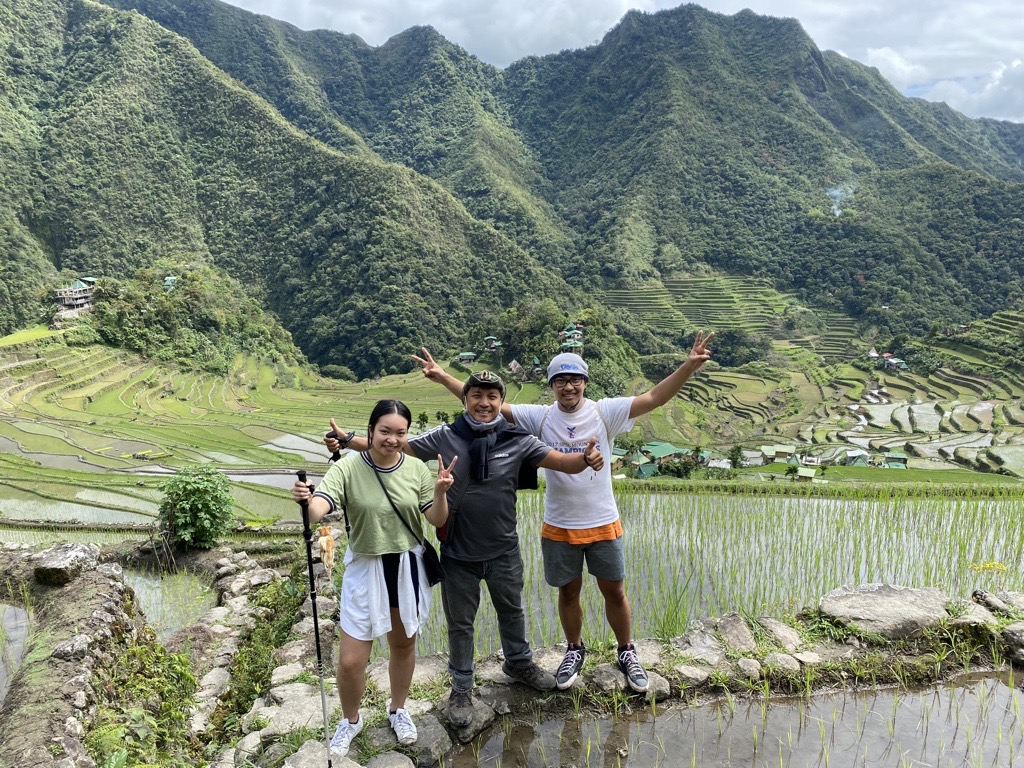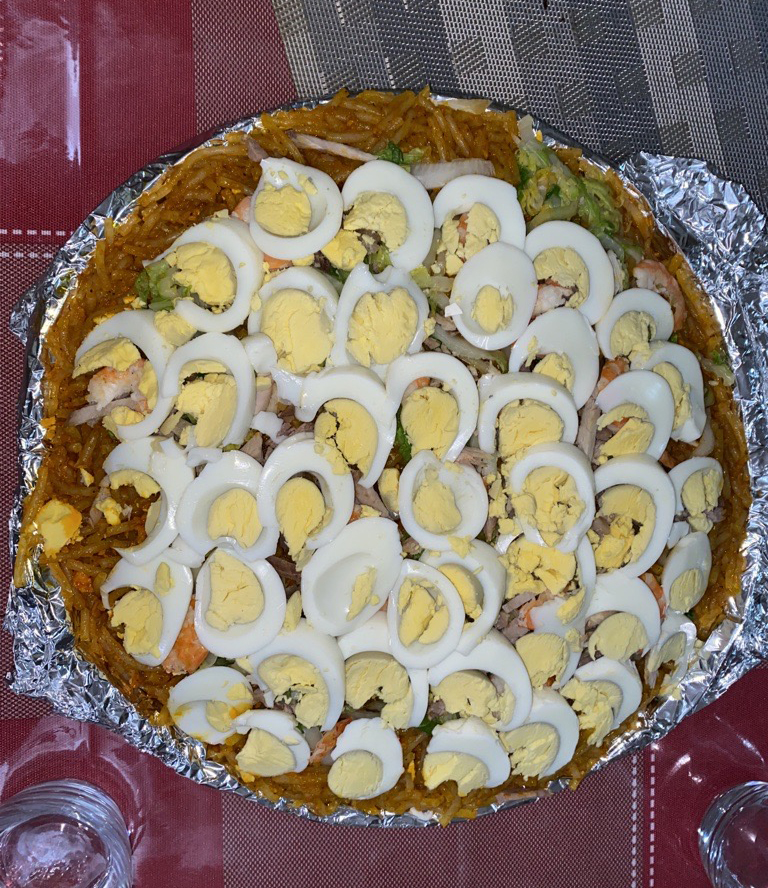By Kai Curry
NORTHWEST ASIAN WEEKLY
In 1962, Roman Ildonzo Gabriel Jr. started playing as the first Filipino American quarterback in the NFL. In 1989, he was inducted into the College Football Hall of Fame.
In 2005, Cristeta Pasia Comerford, a Filipino American chef, became the first woman and the first person of Asian origin to hold the position of White House executive chef.
Also in 2005, Lou Diamond Phillips, a Filipino American actor, writer, and director, won the Asia Pacific Islander Heritage Award for Excellence in Entertainment and Arts.
In 2022, Filipino American Sofia Aragon became Mayor of Burien. Aragon is also the executive director of the Washington Center for Nursing.
In January 2023, the decision was made to name a United States Navy ship after Filipino American Medal of Honor recipient, Fireman Second Class Telesforo Trinidad.
There are approximately 4 million Filipinos living in the United States. They make up the second largest group of Asians in the country and the largest population of overseas Filipinos in the world. While a majority speak Tagalog and are Catholic, there are multiple languages and more than one major religion practiced by the Filipino population here and abroad.
“The Philippines is super diverse in cultures and language,” said Janel de Vera, Filipino American and Marketing and Communications Coordinator for Town Hall Seattle. “In my home, I listened to three different languages.”
De Vera wishes that people would not consider Filipinos as a “monolithic” group. “When you talk about your Filipino friends or teachers or whatever, take it with a grain of salt, because you can’t say, ‘my Filipino friends do this.’ It’s not always the same. It’s going to be different for every Filipino person.”
The history of relations between the Philippines and the United States is long and not always pretty. But nevertheless, we have become closer, again, lately, in response to the threat perceived from China. Much of early settlement by Filipinos in the U.S. was related to naval activity in some way and was Hispanic before it was American. The first Filipinos came here in the 16th century as slaves and mariners. Early settlements around the Mississippi River Delta, and in present-day Louisiana, were part of “press gangs” who had escaped from Spanish galleons. Thus, the Filipino presence in our country is some of the longest standing among any Asian group.

Janel de Vera with family member’s on her mom’s side in Malabon City. (Photo provided by Janel de Vera)
Let’s talk about healthcare. From the mid-1960s until the 1990s, the Philippines was the largest source of Asian immigrants to the U.S. Many of them were highly educated people coming to fill medical personnel shortages here. By 2000, one in 10 Filipino Americans were employed in the U.S. as nurses. As of 2020, 4% of all nurses in this country are Filipino. There is no doubt that you, at some point, have encountered a Filipino medical professional. Which begs the question—why so few Filipinos as nurses in television and movies? “The only time I’ve seen a Filipino nurse in the media is when it was about being Filipino or it was one small part of Grey’s Anatomy,” commented de Vera.
As of 2017, Washington state ranked fourth in the number of Filipino residents. While our large number of military facilities might have something to do with it, it’s only a part of the whole. The greatest number of Filipinos live in Alder, Washington, at over 35%.
The Philippines was a U.S. territory from 1898 to 1946. Formerly, two of the U.S. military’s largest overseas military bases—Subic Bay and Clark—were located in the Philippines.

Janel de Vera, with her brother and father at the Batad Rice Terraces in Banaue, Philippines. (Photo provided by Janel de Vera)
Recently, the Philippines and the U.S. have been working closely together again to shore up defenses against China. One of the most brutal episodes during WWII was the Battle of Bataan, when Japan invaded the Philippines, and the U.S. and the Philippines fought back. We lost, and thousands of Filipino soldiers were lost as prisoners of war, but the effort helped stall Japan from gaining ground.
When it comes to Filipino influence in the U.S., de Vera recalls “the three b’s”—boxing, basketball, and beauty. Basketball, because it’s such a popular sport in the Philippines; boxing because of none other than Manny Pacquiao; and beauty because both Miss Universes in 2015 and 2018 were from the Philippines, and Miss Universe this year—Miss USA—is Filipino American. De Vera verified that people from the Philippines are known for being hospitable and “fun.” Their stress on the values of teamwork and cooperation has led them to excel in sports and other fields.
No conversation about Filipino culture and its enduring mark on the U.S. would be complete without mentioning the food. Pancit. Chicken adobo. Lumpia. Ube. These are staples in Seattle and much of the Western coast of the United States. Opportunities to savor Filipino fare are abundant in King County, from Seafood City and Jollibee at Southcenter Mall; Fil Cuisine in Kent; or Musang on Beacon Hill.
“My grandparents and my aunts and uncles go to this grocery store, Fou Lee Market, in South Seattle. And also IDIC Filipino Senior and Family Services, my grandpa loves to go there.” De Vera considers herself lucky to have a chef in the family, her grandpa, who makes excellent pancit—rice noodles with vegetables.
De Vera hopes that people will give more respect to Filipinos that work in the service and hospitality industry, not just in the “highly skilled jobs.” She also wants to remind us that “there are still Filipinos immigrating here. It wasn’t just in the 1980s and 1990s.” De Vera herself has family in the immigration process. As famous Filipino American comedian, and Tacoma native, Jo Koy has said, “I’ve got a big Filipino family. That’s what I love about being Pinoy. We all gotta surround ourselves with family; we all gotta laugh and do things together. I love it! It’s family first.”
Kai can be reached at info@nwasianweekly.com.





